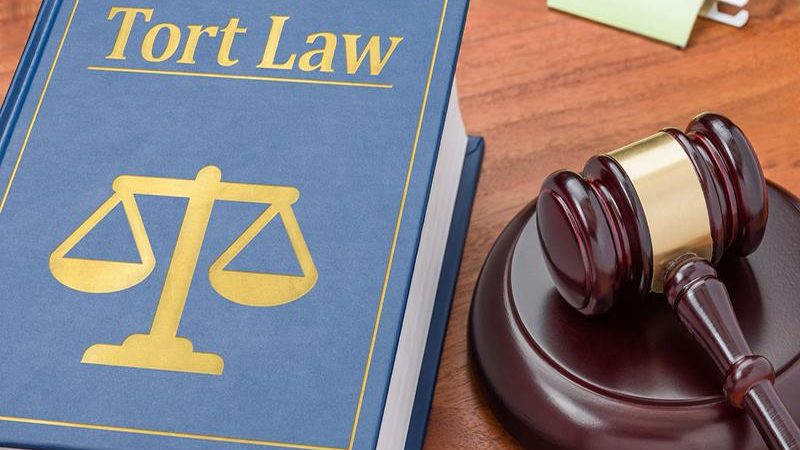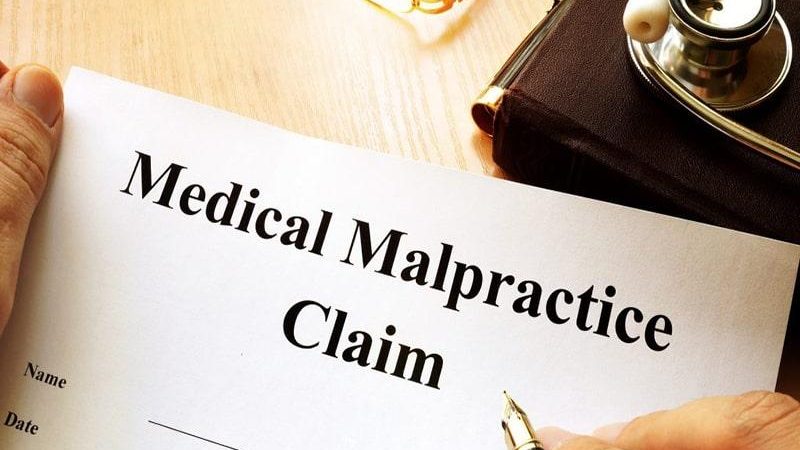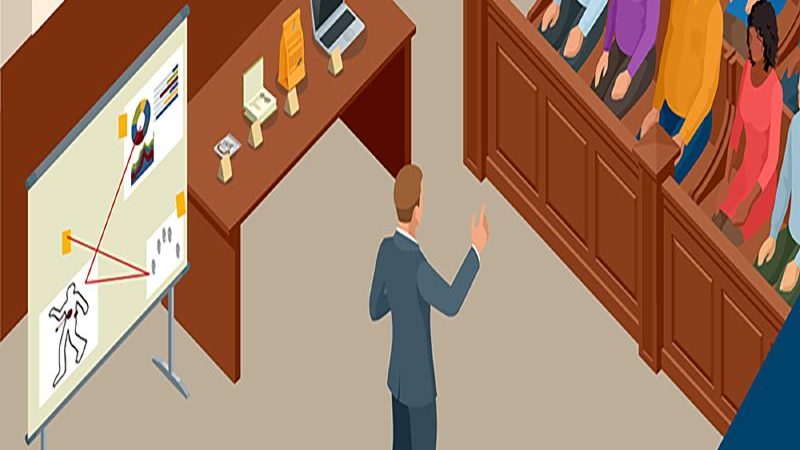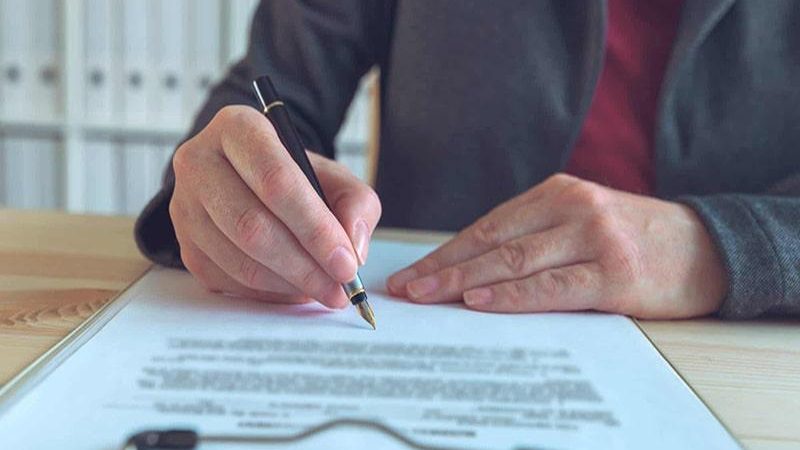What is civil negligence?
Learn about the elements of this cause of action Civil negligence – as opposed to criminal negligence, a crime – is a category of tort. A tort is a common law cause of action. Common law refers to the fact that Canada is part of the common law tradition. England developed its common law tradition over the past 1000 years, and tort law is a part of that tradition. The common law was received in all provinces other than Quebec. Cause of action refers to the fact that a tort is a civil wrong for which the law recognizes a…
Read More









